December 17, 2021 – We gather news: You stay informed
Dec 17, 2021: Climate Change Has Destabilized Earth’s Poles, Endangered Whale Gives Birth While Entangled in Fishing Rope, Deep-Sea Mining May Push Hundreds of Species to Extinction, Researchers Warn, and more

1. Climate Change Has Destabilized Earth’s Poles
Planet-warming pollution from burning fossil fuels and other human activities has already raised global temperatures more than 1.1 degrees Celsius (2 degrees Fahrenheit). But the effects are particularly profound at the poles, where rising temperatures have seriously undermined regions once locked in ice. Research presented this week at the world’s biggest earth science conference showed that the Thwaites ice shelf could collapse within the next three to five years, unleashing a river of ice that could dramatically raise sea levels. The rapid transformation of the Arctic and Antarctic creates ripple effects all over the planet. Sea levels will rise, weather patterns will shift and ecosystems will be altered. Unless humanity acts swiftly to curb emissions, scientists say, the same forces that have destabilized the poles will wreak havoc on the rest of the globe.
Thank you for your generous gift that will help us continue the production of this weekly, free publication
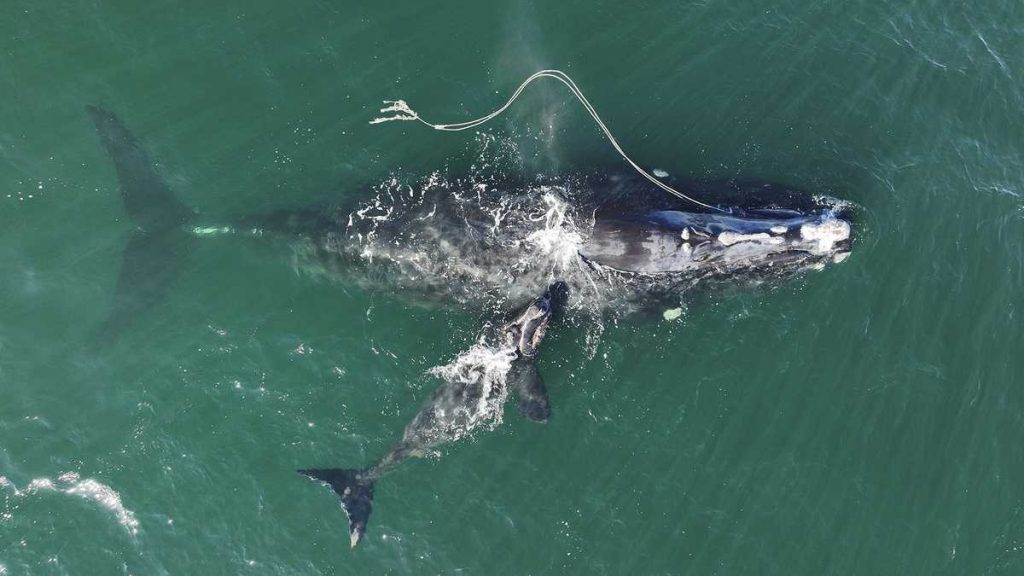
2. Endangered Whale Gives Birth While Entangled in Fishing Rope
Scientists discovered an endangered right whale dragging a long fishing rope caught in its mouth while swimming with a newborn calf off the coast of Georgia. This was the second newborn right whale found in the Atlantic waters of the southeastern United States, usually during the calf season from December to March. The North Atlantic right whale is on the verge of extinction, and scientists estimate that less than 350 survive. Wildlife experts were able to shorten the rope before the whale headed south, but could not release it. The right whales were decimated during the commercial whaling era when they were sought for their oil. Scientists now say they are killing the right whale faster than they can breed due to entanglement with fishing gear and collisions with ships.

3. Deep-Sea Mining May Push Hundreds of Species to Extinction, Researchers Warn
Almost two-thirds of deep sea mollusc species are at risk of extinction, according to a new study that rings another alarm bell over mining the seabed. The research has led to 184 mollusc species living around hydrothermal vents being added to the global red list of threatened species, compiled by the International Union for the Conservation of Nature (IUCN). “The species we studied are extremely reliant on the unique ecosystem of hydrothermal vents for their survival,” said Elin Thomas, the lead researcher. “If deep-sea mining companies want all the metals that form at the vents, they would remove all the habitat that the vent species come from. But the species have nowhere else to go.” There is increasing opposition to deep-sea mining from governments, civil society groups and scientists, who say loss of biodiversity is inevitable, and likely to be permanent if it goes ahead.

4. Moratorium Takes Mako Off the Menu
The International Commission for the Conservation of Atlantic Tunas (ICCAT) and the National Oceanic and Atmospheric Administration (NOAA) are teaming up to protect sharks by taking measures designed to help the severely depleted populations of the endangered shortfin mako rebound. The first step is the imposition of a two-year moratorium on landing this slow-growing species. This ban on catching and keeping mako sharks was approved by the United States and other countries at the 2021 annual meeting of the ICCAT in late November. At that meeting 51 countries and the European Union agreed to the moratorium on shortfin mako, a species now classified as endangered. The ban goes into effect immediately. The ban also contains significant provisions to improve data reporting, and particularly, the catch reporting of live releases and fish discarded dead, by all ICCAT parties.
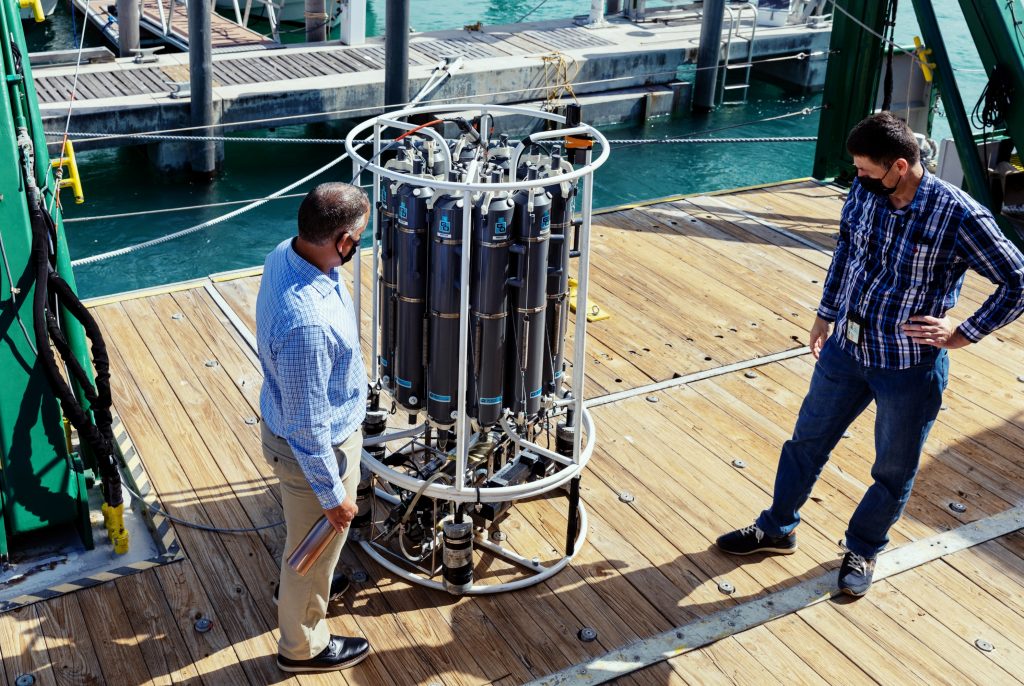
5. Scientists Race to Understand Dangers if Atlantic’s Vital Currents Collapse
Researchers are searching for clues about one of the most important forces in the planet’s climate system: a network of ocean currents known as the Atlantic Meridional Overturning Circulation (AMOC). They want to better understand how global warming is changing it, and how much more it could shift in the coming decades or even collapse. The system carries warm, shallow, salty water northward, transporting about 1.2 million gigawatts of heat energy at any moment. The currents influence much of the weather we know in the Northern Hemisphere, particularly around the coastal Atlantic but also as far away as Thailand. If the currents change, so too will the weather, disrupting temperature and precipitation patterns that have shaped our lives and societies for centuries. So far, what the monitoring programs have largely found is that the Atlantic circulation is more variable than previously believed.
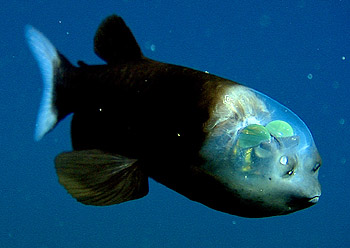
6. Researchers Capture Footage of Rare Deep Sea Fish with Translucent Head
Video footage of a deep sea fish with a translucent head was recorded during a recent Monterey Bay Aquarium Research Institute (MBARI) and Monterey Bay Aquarium dive off the coast of California. A 55-second video captured between 2,000 and 2,600 feet beneath the ocean surface contains closeups of the rarely seen barreleye fish’s translucent head and tail and glowing green eyes. The aquarium has seen the barreleye fish only nine times in 5,600 dives. Light seen in the video was produced by one of MBARI’s remote operating vehicles. Researchers discovered that the Macropinna microstoma’s olfactory organs are in the place typically reserved for eyes. The aquarium notes that barreleye fish, which can grow to around 6 inches in length, were first described in 1939 and can be found in waters ranging from the Bering Sea to Japan and Baja California.
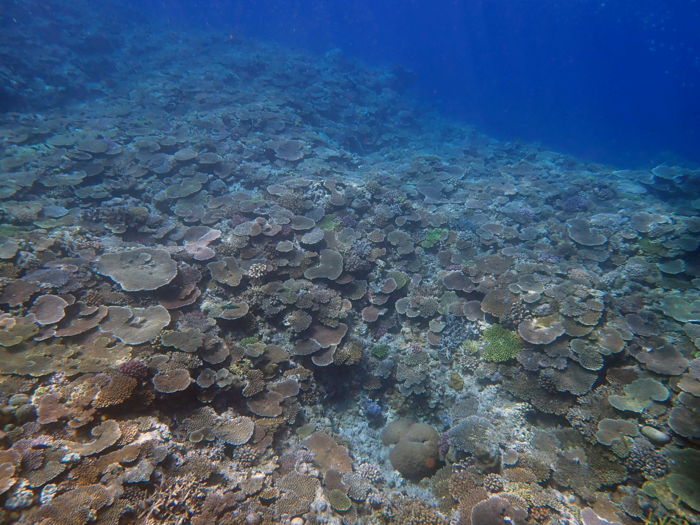
7. Powerful New Tool Makes Coral Reef Monitoring Faster, Easier, Cheaper
Researchers in Japan have developed a tool—a short DNA sequence, called a primer—that can determine the diversity of hard corals on a reef with just a sample of seawater taken from nearby. The method uses eDNA—the DNA of an organism found in its surrounding environment—that was extracted from seawater samples taken from above three different reefs in Okinawa. Analyses of the eDNA using the primer identified 26 genera of coral and found that each reef was made up of its own unique coral composition. Due to global warming, corals are dying and the reefs, disappearing. Researchers want to recover the corals around Okinawa and beyond, and to do this, must understand the diversity of coral. The new tool is an accurate and easy way to determine such diversity and provides accessible coral reef monitoring—a step forward for coral reef conservation and restoration throughout the world.
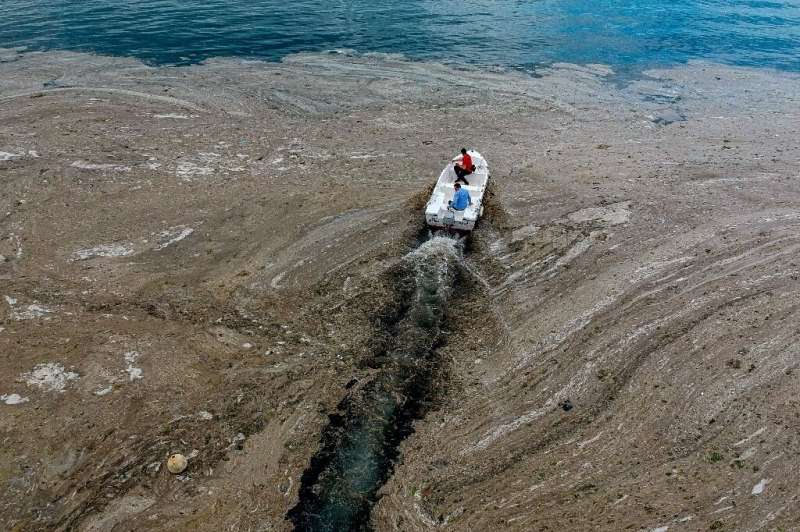
8. Turkey and Neighbors Pledge to Clean Up Mediterranean
Turkey and its neighbors have pledged to address the threats posed by pollution to people’s health and the Mediterranean Sea’s natural habitats. From plastic waste to slimy mucilage forming on their coasts, the ring of tourism-dependent Mediterranean countries have battled a steady stream of environmental problems. Envoys from 21 regional states met at a gathering to slash the use of sulphur in fuel for ships. Their decision to reduce the sulphur content of the fuel to 0.1% from 0.5% in the Mediterranean will be submitted to the International Maritime Organisation. Turkey has received criticism for its water treatment. Last summer, a thick layer of slime dubbed “sea snot” covered Istanbul’s southern shores. Scientists blamed the mucus on Turkey’s failure to properly treat agricultural and industrial waste before it flows into the sea, whose unusual warmth creates ripe conditions for algae to proliferate.

9. Marineland Charged for Using Dolphins and Whales in Shows
Marineland has been charged for allegedly using dolphins and whales for entertainment purposes, an accusation the tourist attraction in southern Ontario denies. During an investigation, officials found that dolphins and whales were used for entertainment purposes without Marineland being authorized to do so. That goes against laws passed in 2019 that made it an offence for dolphins and whales to perform – part of the federal government’s anti-captivity legislation. Marineland faces one count of using a captive cetacean for performance for entertainment purposes without authorization, police said. The park denied the allegations, saying the dolphins and whales are part of an educational presentation designed by experts. It also said it has received a request from the burgeoning Whale Sanctuary Project for Marineland’s lone killer whale, Kiska, and up to eight beluga whales to live in a proposed wild refuge in Nova Scotia.
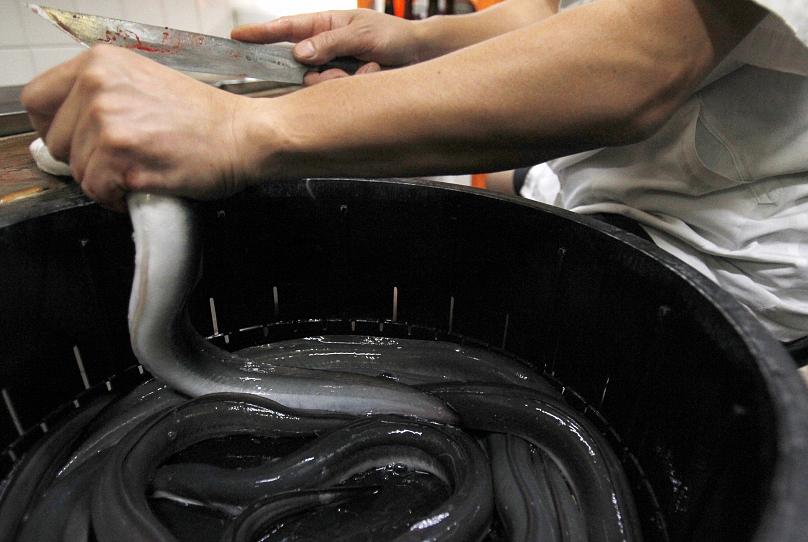
10. Japanese Eels Are Adored but Endangered
A Japanese delicacy is now so endangered it commands eye-watering prices and the attention of international traffickers. Consumed worldwide, eel is particularly popular in Asia – perhaps nowhere more so than Japan, where it has been eaten for thousands of years. Despite its popularity, much about the eel remains a mystery. Precisely how it reproduces is unclear, and coaxing it to do so in captivity without intervention has proved unsuccessful. There are 19 species and subspecies of eel, many of them now threatened. In 2014, the Japanese eel was listed as endangered by the International Union for Conservation of Nature, which cited factors including habitat loss, overfishing, pollution and migration barriers. Researcher Mari Kuroki believes the best way to protect the species is more mindful consumption. “We need to appreciate each eel we eat,” she said, “keeping in mind that this is a precious natural resource.”




